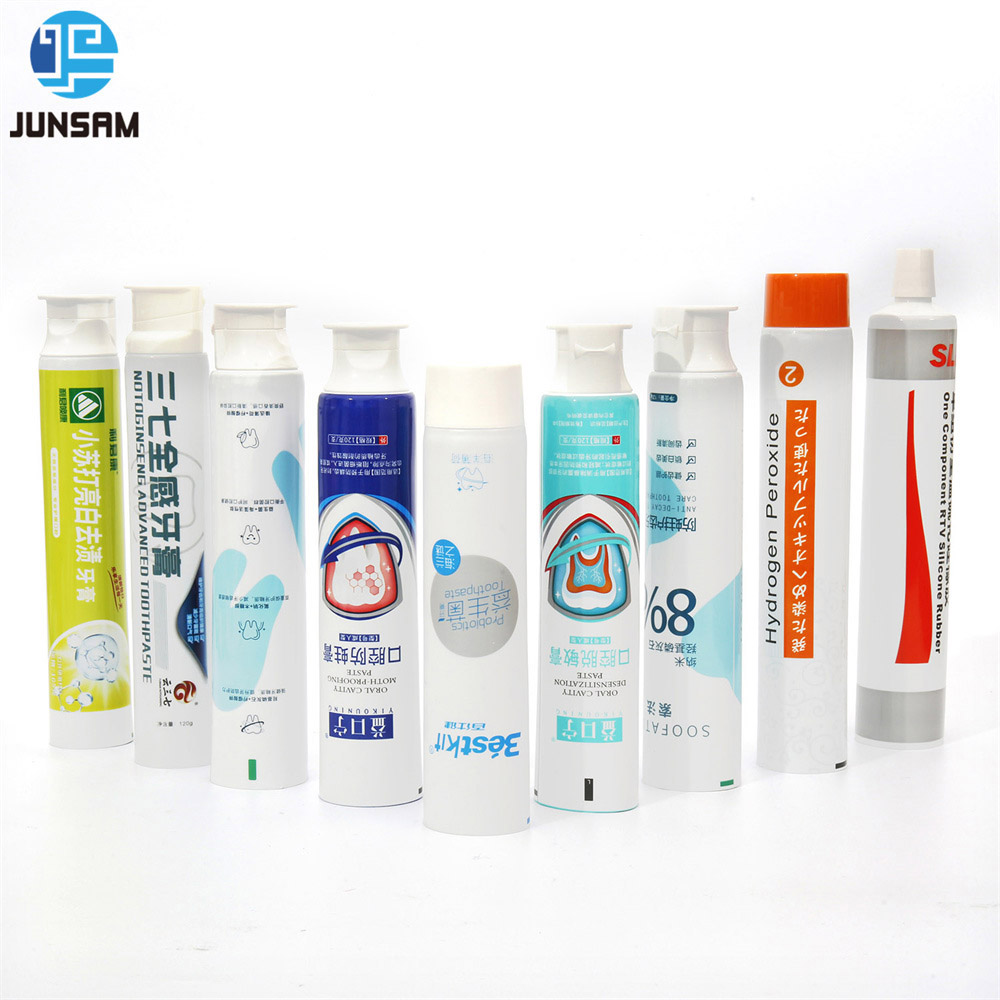Laminated Squeeze Tubes – More Than Meets the Eye
Squeeze tubes, those ubiquitous companions in our bathrooms, kitchens, and workshops, have become an essential part of modern life. Their versatility and convenience are undeniable, from dispensing toothpaste and lotions to housing condiments and craft paints. But beneath their seemingly simple exterior lies a world of innovation and customization.
The demand for unique and visually appealing packaging solutions is rising across industries. Businesses are recognizing the power of packaging to protect their products, communicate brand identity, enhance user experience, and stand out on crowded shelves. This is where customizable squeeze tubes enter the picture, empowering brands to transform their packaging from functional to extraordinary.
This comprehensive guide delves into the fascinating world of customizable squeeze tubes. We’ll explore the different types of materials used, the vast array of customization options available, and the numerous benefits customization offers. We’ll also equip you with the knowledge to choose the perfect partner for your custom squeeze tube needs.
Ready to unleash your creativity and transform your squeeze tubes into brand ambassadors? Let’s dive in!
Understanding Laminated Squeeze Tube Materials
Squeeze tubes may seem like a simple product, but the material they’re made from plays a crucial role in their functionality, sustainability, and even brand perception. Let’s delve into the most commonly used squeeze tube materials and explore their unique characteristics:
- Commonly Used Squeeze Tube Materials:
- Plastic: Plastic is the most widely used material for squeeze tubes due to its affordability, lightweight nature, and excellent barrier properties. Here’s a breakdown of some popular plastic options:
- Polyethylene (PE): High-density polyethylene (HDPE) is known for its durability and chemical resistance, making it suitable for various products. Low-density polyethylene (LDPE) offers flexibility and is commonly used for squeezable applications.
- Polyethylene Terephthalate (PET): PET is known for its clarity and is often used for products where visual appeal is important. It also offers good barrier properties for moisture and oxygen.
- Aluminum: Aluminum tubes offer exceptional barrier protection, ideal for light-sensitive or oxygen-sensitive products like pharmaceuticals and cosmetics. They are also highly durable and tamper-evident. However, aluminum can be more expensive than plastic options.
- Laminate: Laminate tubes combine multiple layers of materials, such as plastic and aluminum. This allows for the benefits of both materials, like the flexibility of plastic and the barrier properties of aluminum. Laminate tubes can also be a good choice for a more premium look and feel.
- Matching Material to Product Needs:
Choosing the right material for your squeeze tube depends on several factors, including the product you’re packaging and your brand values:
- Product Compatibility: Consider the chemical properties of your product. For example, acidic products might require a material like HDPE to withstand potential corrosion.
- Barrier Properties: How important is protecting your product from light, oxygen, or moisture? Aluminum and laminate tubes offer superior barrier protection compared to some plastics.
- Sustainability: If eco-friendly practices are important to your brand, consider using recyclable plastics or tubes made from recycled materials.
Remember, the right material selection can significantly impact your product’s functionality and shelf life. Don’t hesitate to consult a reputable squeeze tube manufacturer to discuss the best material options for your needs.
Unleashing Creativity: Customization Options for Squeeze Tubes
Squeeze tubes are no longer limited to basic colors and generic designs. With a wide range of customization options available, you can transform them into powerful brand extensions that resonate with your target audience. Let’s explore the exciting realm of squeeze tube customization:
- Decorating Your Squeeze Tube: A Canvas for Your Brand:
- Printing Techniques: Elevate your squeeze tubes with vibrant and high-quality printing. Here are some popular options:
- Offset Printing: Ideal for large orders, offering excellent color accuracy and detail for complex designs.
- Flexography: A versatile printing technique suitable for various materials, often used for medium-sized orders.
- Digital Printing: Perfect for smaller orders and allows for quick turnaround times and variable data printing (e.g., personalized names).
- Labeling: Labels provide essential product information and branding elements. You can choose from various materials, finishes, and printing options to create a cohesive look with your squeeze tube design.
Go beyond the traditional cylindrical shape and explore unique size and shape options for your squeeze tubes. This can be a great way to grab attention on shelves and enhance user experience:
- Size Variations: Offer different sizes to cater to various product quantities and customer needs.
- Shaped Tubes: Consider oval, square, or other unique shapes to differentiate your product and improve ergonomics.
- Dispensing Mechanisms: Integrate dispensing mechanisms like flip tops, pumps, or child-resistant caps for added functionality and convenience.
Remember, customization is not a one-size-fits-all approach. Work with your chosen squeeze tube manufacturer to discuss your vision and explore the customization options that best align with your brand identity and product requirements.


